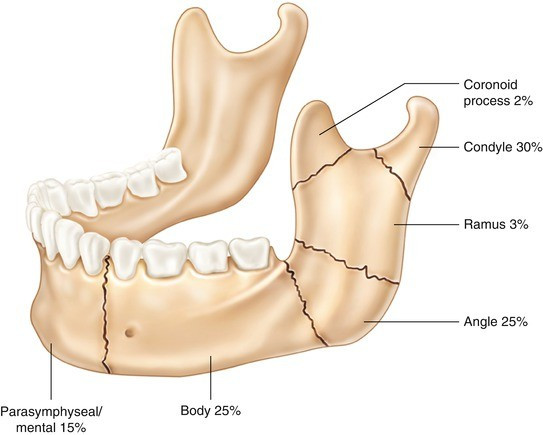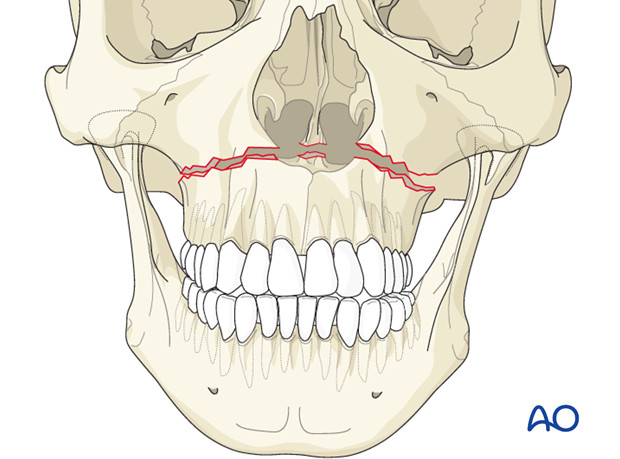Definition
Hemothorax is a condition characterized by the accumulation of blood in the pleural cavity, the space between two layers of membranes that envelop the chest wall and the lungs. The buildup of blood volume in this space can eventually cause the lung to collapse or compress as the blood continues to push against the outer part of the lung.
The severity of hemothorax depends on how much bleeding occurs and how quickly the bleeding stops. Cases of hemothorax vary; they can be mild and resolve without causing problems. However, in some cases, if the bleeding is severe and there is a delay in treatment, this condition may become life-threatening.
Causes
The lungs are normally located within the chest cavity, directly behind the ribcage and on either side of the heart. They are protected by a membrane called the pleura. Blood vessels, including major ones that come directly from the heart, facilitate circulation within and around the lungs. If a blood vessel in the chest cavity is injured or damaged, it can cause bleeding. In the case of hemothorax, this bleeding fills the space between the lungs and the surrounding pleural layer.
Chest trauma
The most common cause of hemothorax is injury due to blunt force trauma to the chest area, such as sudden and intense impacts. For instance, falling heavily on the front of the body or being involved in a car accident and sustaining impacts from parts of the vehicle, such as the steering wheel or an airbag deploying forcefully onto the chest. These injuries can damage the chest wall, lungs, and major blood vessels around the chest, leading to blood entering the chest cavity and exerting pressure on the lungs.
Injuries caused by sharp objects, such as stabbings or chest piercings, can also result in bleeding in the chest cavity and cause hemothorax. Any trauma to the chest area can lead to bleeding in the chest cavity, even if there is no visible external bleeding. While bleeding from hemothorax itself may not cause pain, victims may experience pain due to the injuries they have sustained.
Surgery complications
Hemothorax often occurs as a complication of heart or major lung surgeries that necessitate opening the chest walls. Bleeding can leak into the chest cavity if the blood does not clot properly after the surgeons close the incision wound or if organs or blood vessels are cut and bleed.
Other causes
Other potential causes of hemothorax include:
- Lung cancer
- Pleural effusion, the accumulation of fluid and cancer cells outside the lungs due to malignancy
- Tumors in the chest wall
- Rupture of large blood vessels during central catheter placement (a tube in the central blood vessel) while hospitalized
- Lung infarction, tissue around the lungs dying due to blocked blood supply
- Ehlers-Danlos syndrome (EDS) type 4, a condition affecting connective tissues
- Lung infections, such as tuberculosis (TB)
Risk factor
Hemothorax usually results from accidents or other injuries that are challenging to prevent in most cases. Additionally, there are additional risk factors, including:
- Surgical history: Individuals who undergo major surgeries such as open-heart surgery or lung transplants are more likely to experience hemothorax. Doctors will monitor them during and after surgery for signs of bleeding or fluid buildup in the lungs.
- Repetitive injuries: Hemothorax can be caused by blunt trauma during sports such as football, martial arts, and boxing. There may be a higher risk for those who frequently participate in sports or other activities that can cause repeated blunt-force trauma to the chest, abdomen, or shoulders.
Symptoms
Symptoms commonly felt in hemotorax include:
- Pain or heavy feelings in the chest
- Feeling anxious or nervous
- Difficulty breathing or shortness of breath
- Breathe quickly and shallowly
- Very fast heart rate
- Cold Sweating
- The skin becomes pale
- Hands and feet feel cold
- Weak body
- High fever (>38°C)
Diagnosis
In diagnosing hemothorax, the doctor will interview to inquire about symptoms experienced, such as chest pain, shortness of breath, mechanism of injury (fall, position, and speed), history of medication/alcohol use, past medical history, history of surgeries, and history of blood thinners usage. The doctor will also perform a physical examination to assess the respiratory system, such as observing the shape and movement of the left and right chest walls, tapping the chest wall to assess for fluid in the pleural cavity, listening to breath sounds with a stethoscope, measuring blood pressure and oxygen saturation levels, etc.
Subsequently, the doctor may also recommend various types of additional examinations, such as imaging of your chest and lungs, to identify the cause of bleeding, especially if you have experienced severe chest injury. Supporting examinations that can be performed include:
- X-ray: A chest X-ray will quickly show if there is fluid in the pleural cavity. In X-rays, normal lungs will appear black, whereas pleural fluid and blood in the chest cavity will appear white.
- CT scan: This examination can provide a comprehensive image of the lungs and pleural cavity, which may be crucial in cases of injury. A complete chest CT scan often reveals the cause of hemothorax and the best treatment for the individual.
- Ultrasound (USG): In emergency situations, ultrasound images can provide a quick and accurate view of the pleural cavity to assess damage or visualize occurring hemothorax.
- Pleural fluid sample: Which may be taken by the doctor to assist in confirming the diagnosis.
Management
If you experience severe injury, the doctor will address it first and stabilize your condition. Once your condition is stable, the doctor will look for signs of hemothorax. After the diagnosis of hemothorax is confirmed, the doctor will start treating it.
In some cases of hemothorax, the bleeding may be minor and can stop on its own. In such cases, no treatment other than care for the injury itself, such as pain medication, may be necessary. However, sometimes hemothorax can cause the lung to collapse or compress. If that happens, the patient will need the insertion of a chest tube to re-expand their lung. This tube will remain in place for several days to keep the lung inflated and drain blood or fluid that accumulates in the chest cavity.
If the patient experiences difficulty breathing or loses a significant amount of blood, they may need treatment to address these issues, such as:
- Respiratory assistance, including the use of oxygen, intubation (breathing tube), or a ventilator (breathing assistance device)
- Blood transfusion
- Intravenous fluids (IV fluids)
- Chest tube insertion to drain blood
In severe cases, the patient may require surgery to stop the bleeding and remove fluid from the chest cavity. The doctor will surgically explore the chest wall to identify the source of bleeding, repair damaged blood vessels, and remove blood and fluid from around your lungs.
Recovery from hemothorax will depend on the severity of the injury you experienced. If you require the use of a chest tube or surgery, you will need to be hospitalized for several days. The doctor will inform you of the necessary care during recovery and when you can resume normal activities.
Complications
Several complications that may arise from hemothorax include:
- Lung problems due to pressure from blood in the chest cavity, which can cause the lung to collapse. If this condition persists, it can lead to respiratory failure.
- Infection can occur in untreated hemothorax, which may affect the lungs, pleura, or pleural fluid in the chest cavity.
- Scar tissue may form on the pleura and lung membranes after hemothorax occurs.
- Shock, a condition where the body does not receive enough blood supply, which can be fatal.
Prevention
The best way to prevent hemothorax is to prevent the underlying causes that can lead to its occurrence, such as chest area injuries. Always wear a seatbelt when driving and avoid activities that pose a risk of injury to the chest area.
When to see a doctor?
Visit the Emergency Department immediately if you have symptoms that are emergencies, especially after chest area injuries, such as:
- Serious injuries to the chest area
- Chest pain
- Severe pain in the jaw, neck, shoulder, or arm
- Difficulty breathing or shortness of breath
- Dizziness, fever, and cough, or a heavy feeling in your chest.
- dr Hanifa Rahma
Borke, J. Hemothorax. (2020). Retrieved 24 February 2022, from https://medlineplus.gov/ency/article/000126.htm
Eldride, L. Hemothorax Causes, Treatment, and Prognosis. (2022). Retrieved 24 Februari 2022, from https://www.verywellhealth.com/hemothorax-meaning-causes-and-prognosis-2249109
Gomez, L., et al. Hemothorax. (2021). Retrieved 24 February 2022, from https://www.ncbi.nlm.nih.gov/books/NBK538219/
Jewell, T. Hemothorax. (2017). Retrieved 24 February 2022, from https://www.healthline.com/health/hemothorax
Johnson, J. Hemothorax: What You Need to Know. (2017). Retrieved 24 February 2022, from https://www.medicalnewstoday.com/articles/318184
Ratini, M. What Is Hemothorax?. (2021). Retrieved 24 February 2022, from https://www.webmd.com/lung/what-is-hemothorax












